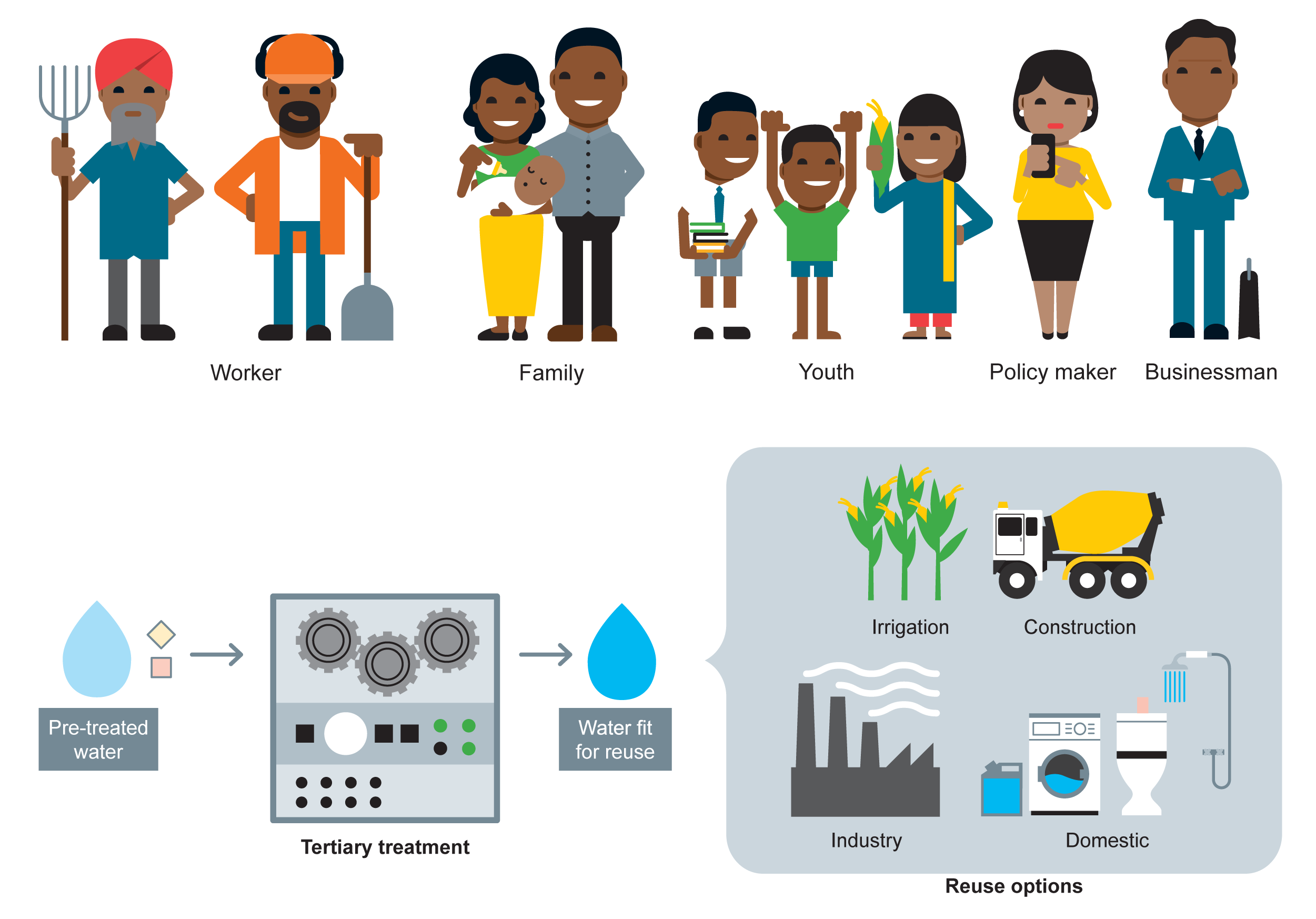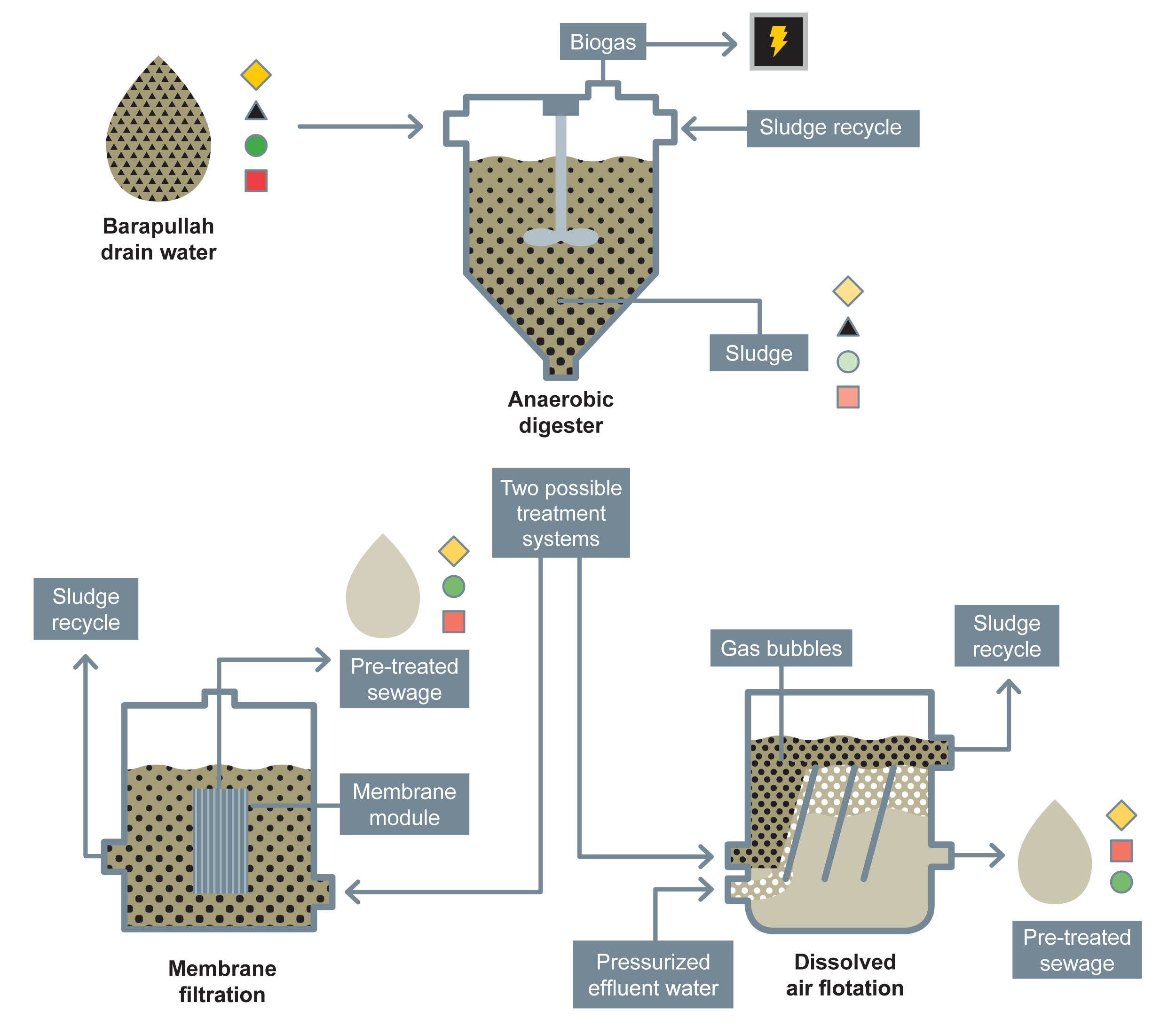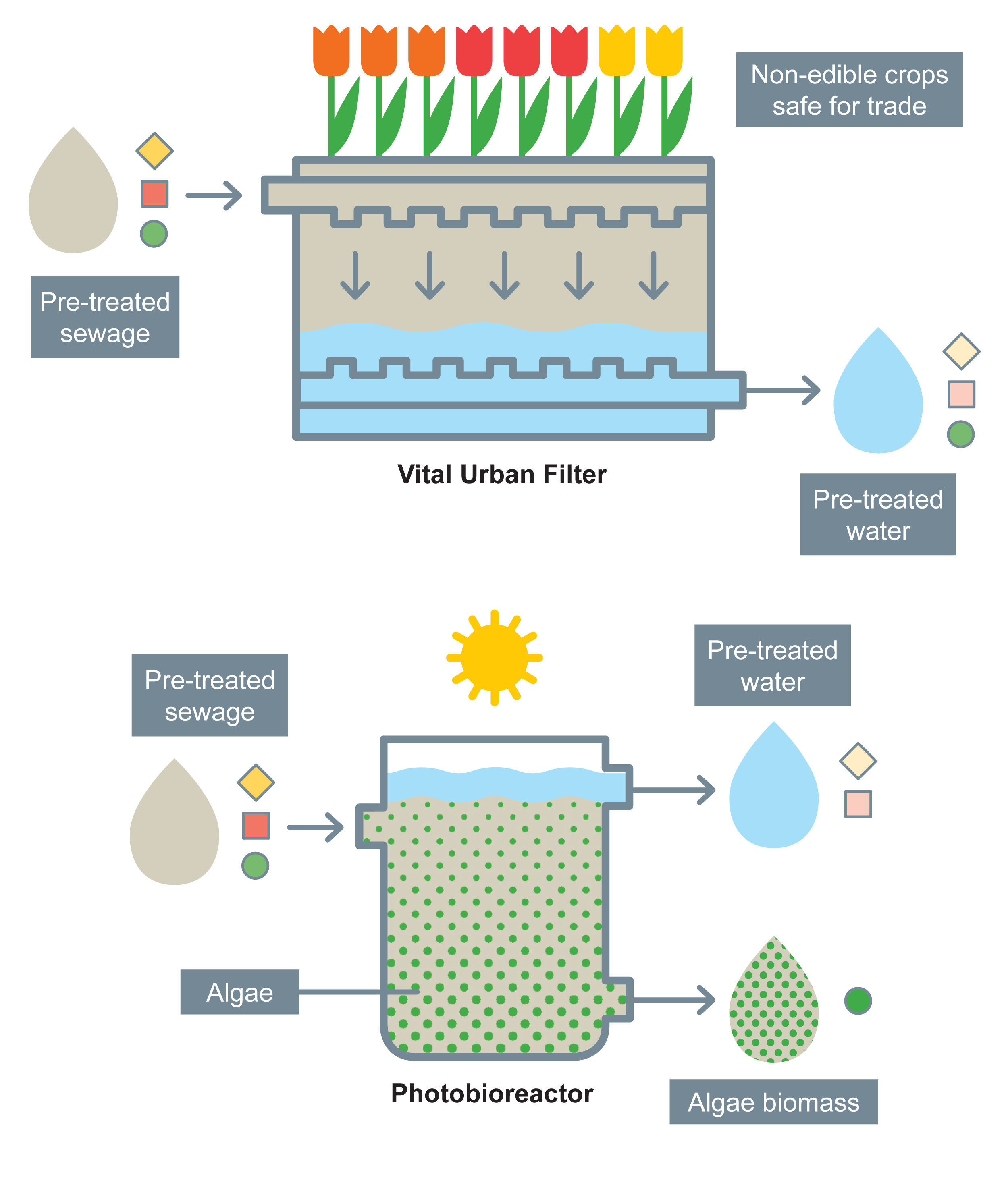[showhide type=”2″ more_text=”Read more ⌵” less_text=”Read less”]
Given the complexity of the New Delhi urban water networks, technology alone cannot provide a comprehensive solution. Therefore, ‘Water Reuse Safety Plans’ (WRS plans) will be developed that incorporate the safety aspects of water reuse. For short and long term water strategy and policies the WRS Plans are extremely valuable. They combine the socio-economic and legal impact with health impact assessment of the produced water qualities and the associated risk reduction by applying specific water treatment technologies.
As the social perceptions may differ for different utilization purposes, socio-economic status, gender and age classes, the study will make use of a diversified sample. These perceptions will be related to the implemented hygiene practices of the end users in order to assess if potential health risks are minimized or increased for the particular reuse application.
Another aspect of the WRS plans is the effects semi-closed water cycles have on the quality of the produced waters, in respect to the potential accumulation pathogens and the accumulation of trace contaminants such as metals and other micro-pollutants. The reduction of health risks by multiple engineered barriers (as proposed in LOTUSHR) is hardly explored. This subsequently hampers smart decision making regarding the selection of appropriate treatment technologies, strategic positioning in the urban water cycle, and handling procedures.
[/showhide]





